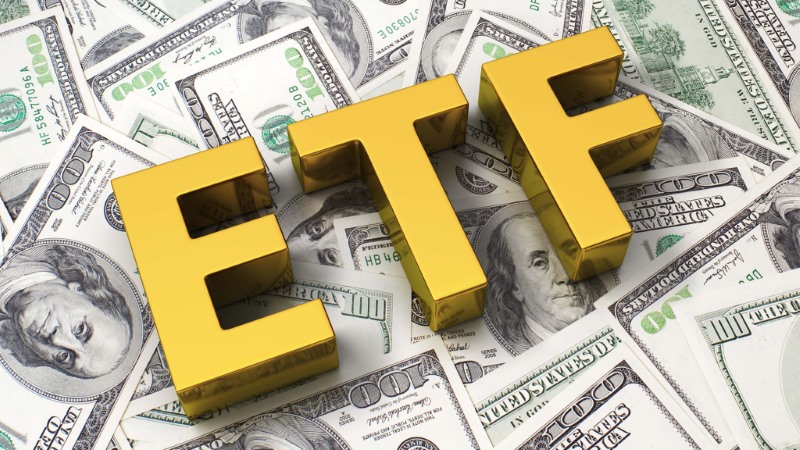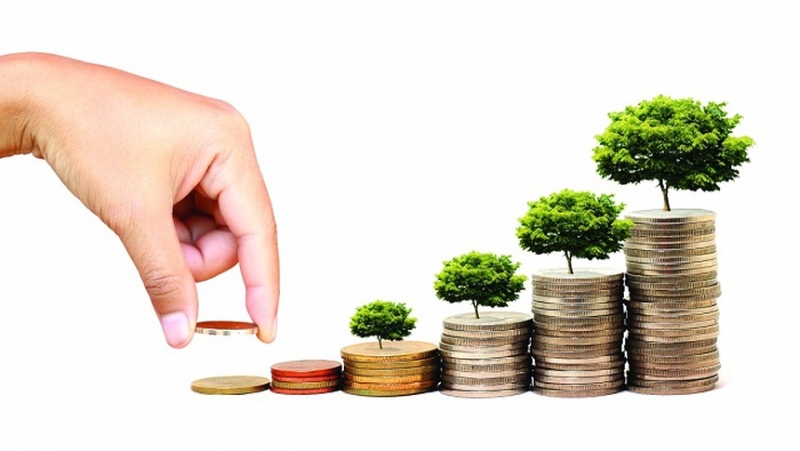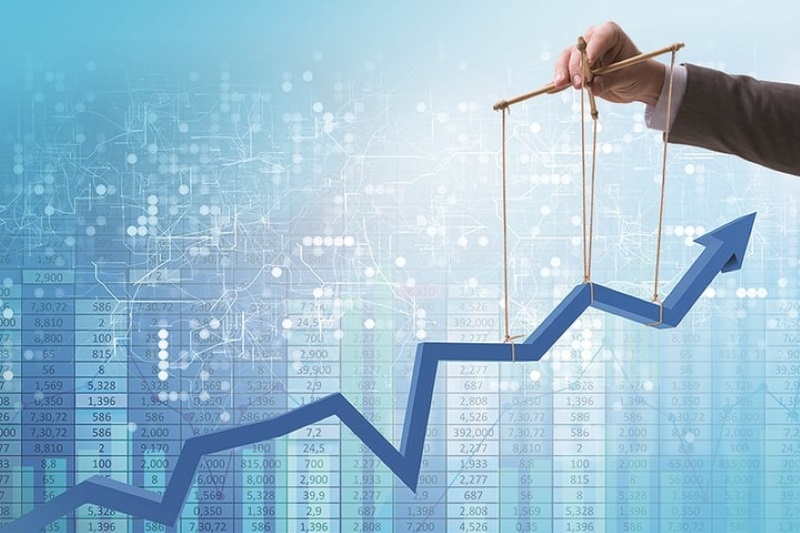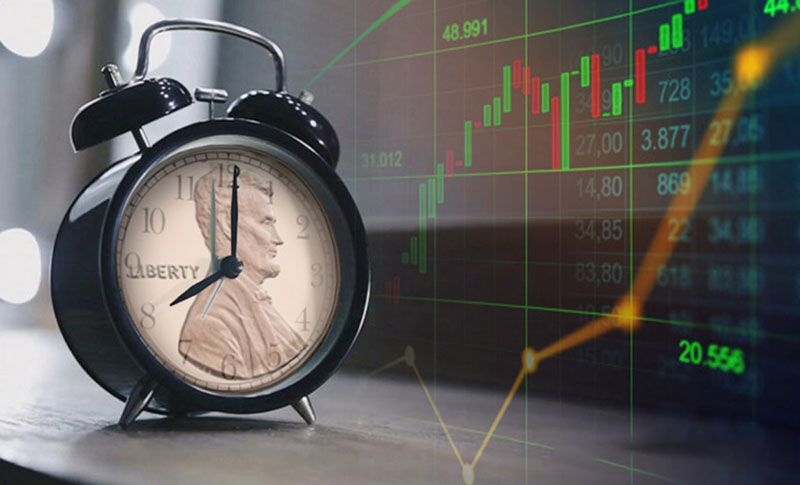After a period of efforts to handle bad debts and actively control credit quality, bad debts are increasing rapidly again, causing headaches not only for banks but also for managers. The cycle of bad debts accompanying the economy seems inevitable.

Bad debt continues to increase
Data recently released by the State Bank of Vietnam (SBV) shows that the bad debt ratio from 2% at the beginning of 2023 has skyrocketed to 3,56% by the end of July 2023, equivalent to more than VND 440,000 billion in bad debt. In particular, if calculating on-balance sheet bad debt plus bad debts sold to VAMC that have not been processed and potential debts of the credit institution system (including debts kept in the same group, corporate bonds that have potential to become bad debts, bad receivables, interest receivables that must be withdrawn, etc.), this ratio is 6,16%, equivalent to VND 768,000 billion.
The trend of bad debt increasing rapidly again has been predicted for a long time, in the context of slowing economic growth, business operations facing many difficulties, workers' income being affected, leading to a decline in debt repayment ability, plus the property markets plummeting, falling into a period of stagnation. Also according to the State Bank of Vietnam's data, the bad debt ratio of the real estate sector is on the rise compared to the end of last year (July 2022 was 1.8%, July 2023 was 2.58%).
In fact, the first quarter financial reports and then the semi-annual reports of this year of the banks have sent out warning signals early. Specifically, the total bad debt on the balance sheet of 29 listed banks as of June 30, 2023 was VND 219,747 billion, an increase of nearly VND 341,300 billion compared to the beginning of the year. Up to 27/29 banks have bad debt and the bad debt ratio has increased compared to the beginning of the year, of which eight banks have let the bad debt ratio on the balance sheet exceed 31,300 billion, with the highest level reaching 25.61,300 billion.
If on-balance sheet bad debt is clearly reflected on banks' balance sheets, potential debt turning into bad debt is more worrying because it is likely to continue to increase.
While old bad debts have not been resolved, new bad debts are increasing, and the handling of bad debts is becoming more challenging and slowing down, as the gloomy real estate market makes handling real estate collateral even more difficult.
For example, restructured debt is kept in the same group. Since Circular 02/2023/TT-NHNN was issued in April 2023, allowing credit institutions to restructure debt repayment terms and keep the same debt group to support customers in difficulty, the total value of debt (principal and interest) with restructured repayment terms and kept in the same debt group by the end of August this year was nearly VND 121,000 billion, equivalent to nearly VND 11.3 trillion of total outstanding debt in the entire economy.
More importantly, the debt restructuring policy of banks is and will continue to take place, as customers' business activities are still in difficulty due to current uncertainties, from geopolitical tensions that continue to spread and escalate, to increasing risks in the economy. According to the General Statistics Office, 135,100 businesses have withdrawn from the market, an increase of 19.9% compared to the same period in 2022.
Or in corporate bonds, the quality of assets has significantly declined in recent times and is one of the risks that put pressure on increasing bad debts of banks. When these bonds mature, even if the enterprise reaches an agreement to extend the term, it clearly shows the weaknesses in the enterprise's cash flow. At that time, not only the bonds are at risk of turning into bad debts, but the remaining existing credits of the enterprise at banks are also considered potential bad debt risks. Meanwhile, a recent report by VNDirect Securities Company said that as of October 3, more than 50 issuing organizations have reached agreements to increase the term with bondholders and have officially reported to the Hanoi Stock Exchange (HNX), with a total value of bonds that have been extended of more than VND 95,200 billion. In addition, the situation of late payment of interest and principal of bonds is still high, when according to the announcement of HNX, there are about 69 enterprises on the list of late payment obligations of interest or principal of bonds, and according to VNDirect's estimate, the total outstanding bond debt of this group is about VND 176,100 billion, accounting for nearly 18% of the whole market.
The inevitable cycle and its effects
After a period of efforts to handle bad debts and actively control credit quality, bad debts are increasing rapidly again, causing headaches not only for banks but also for regulators. However, the cycle of bad debts accompanying the economy seems inevitable.
When the economy grows strongly and policies are loosened, it will promote borrowing activities for massive and easy investment, forming asset bubbles in the markets. And then when instability begins to appear, this cycle starts with the Covid-19 pandemic, followed by military conflicts that cause supply chains to break, central banks tighten policies again, businesses face difficulties, and bad debt will inevitably increase rapidly.
Vietnam is a highly open economy, so it is difficult to avoid the impacts from global markets. In addition, the Vietnamese economy as well as the credit activities of banks depend heavily on the real estate market, so the impact is more severe when the real estate market has problems.
Increasing bad debt in banks will inevitably have a negative impact on the entire economy. For banking activities, bad debt increases while input capital costs also increase, the level of damage is even more serious. Because, when bad debt arises, banks cannot collect interest from customers, or restructured debt is often accompanied by an interest exemption mechanism, while still having to pay interest to depositors. Therefore, the higher the mobilization interest rate, the greater the damage.
If this situation continues, banks' profits will decline, so banks on the one hand lack the motivation to reduce lending rates because they want to compensate for bad debt losses, and on the other hand are forced to have the most optimal capital cost control solution during the period of high bad debt. This is also the reason why banks have continuously reduced deposit interest rates in recent months, after the State Bank has also reduced operating interest rates three times.
Another impact is that when bad debt increases - an indicator that the risk in the economy is at a high level, banks are also more cautious in lending and controlling loans more closely, in order to limit risks to the best of their ability. That is also one of the reasons why credit growth from the beginning of the year until now has been more stagnant than the previous period, and at the same time, it also leads to the selection and elimination of businesses. Especially for customers who have restructured their debt, it may be difficult to get additional credit limits.
For corporate bonds that have already been invested, banks also want to recover or pay off early as soon as possible, instead of having to extend or delay the repayment period. According to estimates by the Ho Chi Minh City Real Estate Association (HoREA), in the fourth quarter of this year, there will be 65,500 billion VND of corporate bonds maturing, excluding the extended and postponed bonds, of which nearly 80% are real estate corporate bonds. Therefore, HoREA assesses that the last quarter of the year is the peak period for bond maturity.
Meanwhile, October 19, 2023 is the deadline for businesses to list bonds on the centralized exchange, but currently many businesses accept administrative fines rather than list bonds on the exchange, showing how problematic the quality of this type of asset is.
According to the assessment of the management agency, the credit quality of the banking system may continue to be under pressure in the coming time. Meanwhile, leaders of some banks believe that bad debt is likely to peak in the third quarter of this year and tend to decrease gradually from the beginning of next year. While old bad debt has not been resolved, new bad debt is increasing, the handling of bad debt is more challenging and slowed down, when the gloomy real estate market makes the handling of real estate collateral even more difficult.
Source: Vietstock











